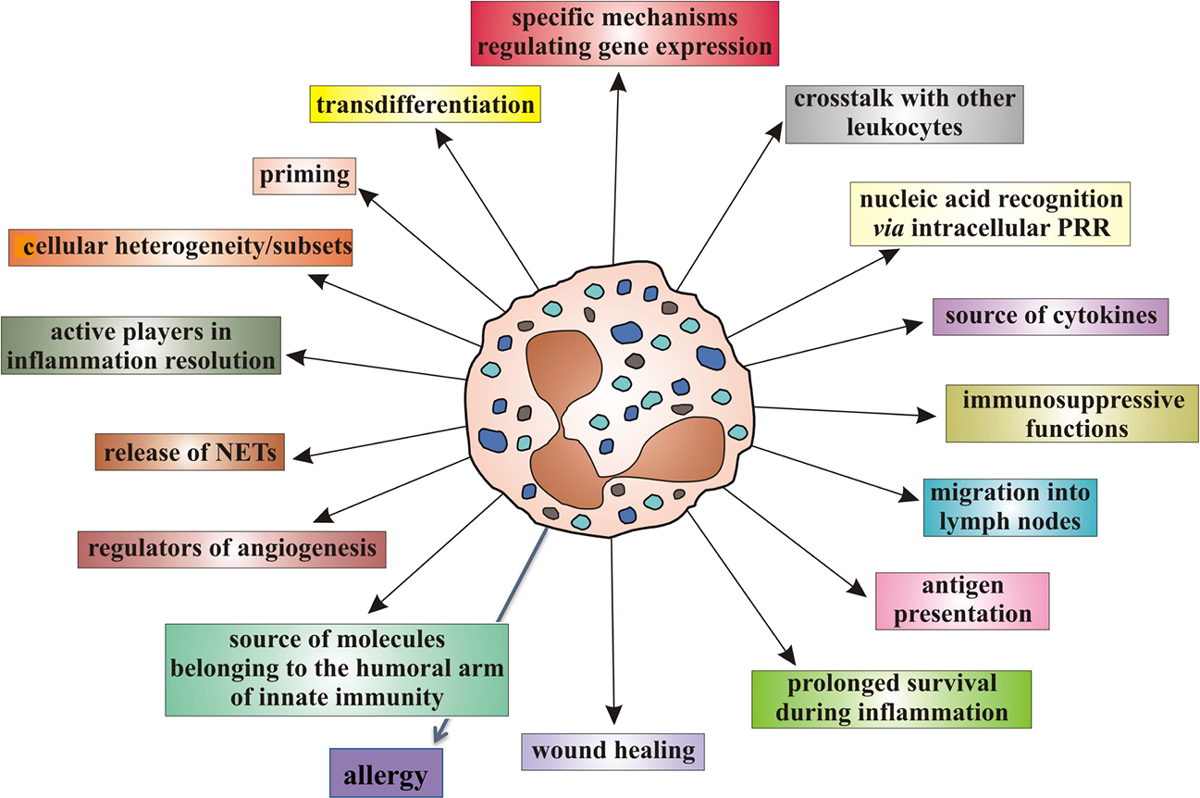Forearm and Wrist Trauma
Clinical Monograph 18
By R. C. Schafer, DC, PhD, FICC
As with most parts of the body, traumatic effects in the forearm or wrist may occur abruptly (eg, fracture, strain, sprain) or be the result of long-term microtrauma (eg, tunnel syndromes, arthritis, entrapment by scar tissue).
BACKGROUND
Screening injuries of the forearm and wrist
Joint Motion Restriction
Restriction in pronation suggests a disorder at the elbow, radioulnar articulation of the wrist, or within the forearm. Restriction in supination is associated with a disorder of the elbow or radioulnar articulation of the wrist. Thickened tissues may cause compression symptoms. A palpable nontender ganglion may be found on either the dorsal or volar aspect of the wrist, perceived as a pea-size or slightly larger jelly-like cyst.
Significance of Tenderness
Tenderness over the medial collateral ligament, which rises from the medial epicondyle, is a sign of valgus sprain. Muscle tenderness in the wrist flexor-extensor group is characteristic of flexor-pronator strain (eg, tennis, screwdriving motions). Tender, possibly taut, wrist extensors on the lateral aspect are often associated with tennis elbow. Tenderness in the first tunnel on the radial side is a common site for stenosing tenosynovitis associated with a positive Finkelstein’s sign.
It is also important to check for rupture of the tendon in the third tunnel, often resulting from a healed Collie’s fracture defect at the dorsal radial tubercle or arthritis causing tendon wearing. Pain, tenderness, and swelling about the ulnar styloid process suggest a Colles’ fracture or a local pathology such as arthritic erosion.
It’s good procedure to check the easily fractured scaphoid by sliding it from under the radial styloid with ulnar deviation of the wrist. Many examiners radial deviate the wrist and check the triquetrum, a common site of fracture. Tenderness in the 5th or 6th tunnel is characteristic of synovitis, dorsal carpal subluxation, dislocation of the ulnar head, or rheumatoid arthritis.
An inflamed nerve is always tender. Nerve injury is often secondary to epicondylar fracture or severe trauma. Note any atrophy of the thenar (eg, median nerve compression) or hypothenar eminence (eg, ulnar nerve compression).
Handshake Clues and Observations
A simple handshake can be very revealing. The alert diagnostician will have a habit of greeting the patient new to the practice with an appropriate handshake. The weak grip of the myopathic, the cool damp hand of the thyroid patient, the stains of paint on house painters (eg, potential chemical, abrasive, or lead poisoning), the stiff callused hands of the laborer, the flattened and callused fingertips of the violinist, and the worn fingers of the tailor, for example, may reveal much to complete the patient’s later profile.
The nervous, limp, or hearty handshake also reflects the patient’s current temperament. The “claw hand” of nerve palsy, the “flipper hand” caused by contractures, and the spastic “hemiplegic hand” of the stroke victim are important diagnostic clues gained solely by observation.
Chronic Deformity
Read the rest of this Full Text article now!
Enjoy the rest of Dr. Schafer’s Monographs at:





Does anyone use Cherette protocol? Geat protocol!